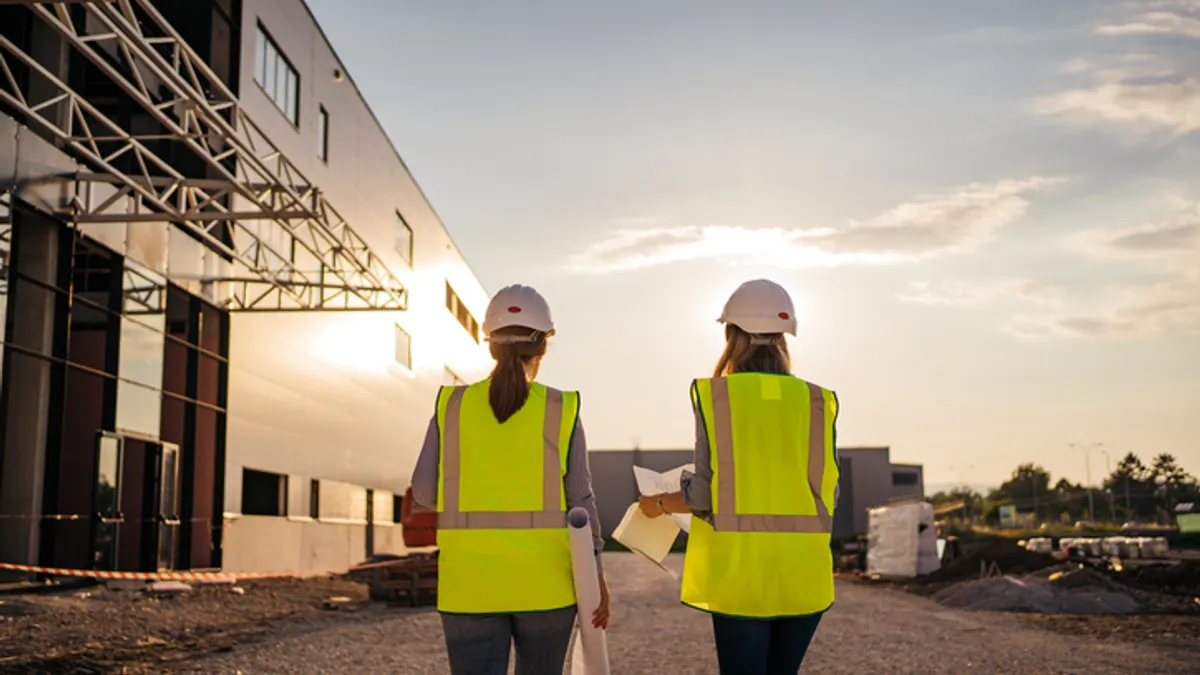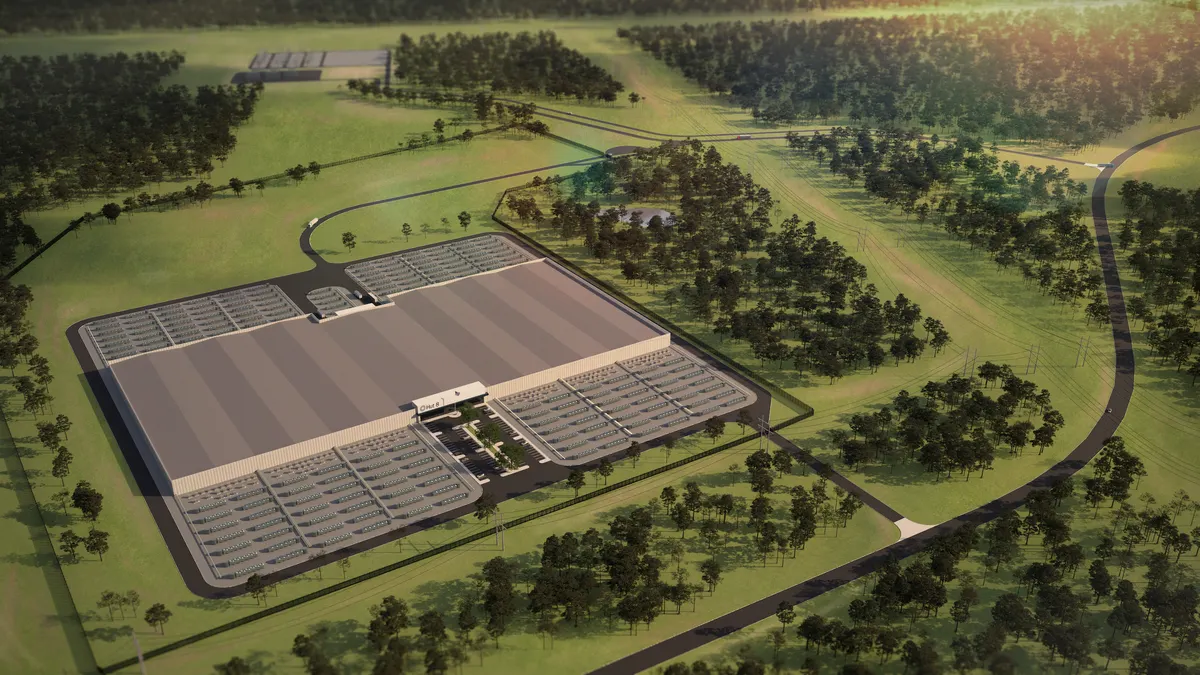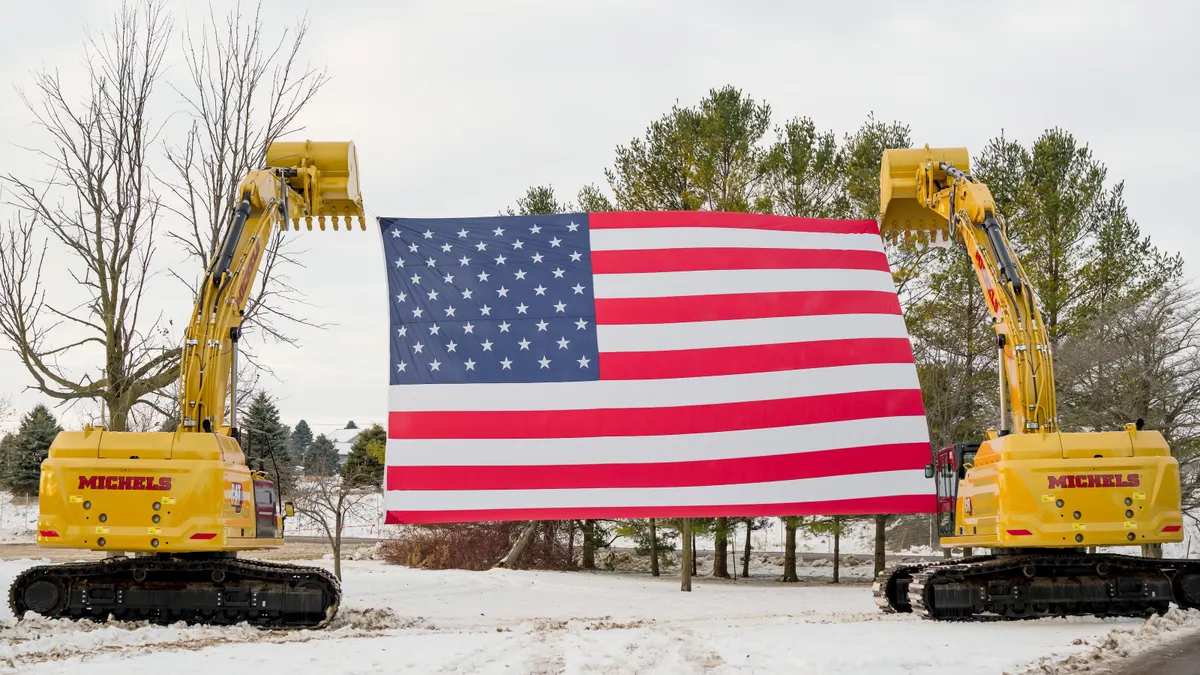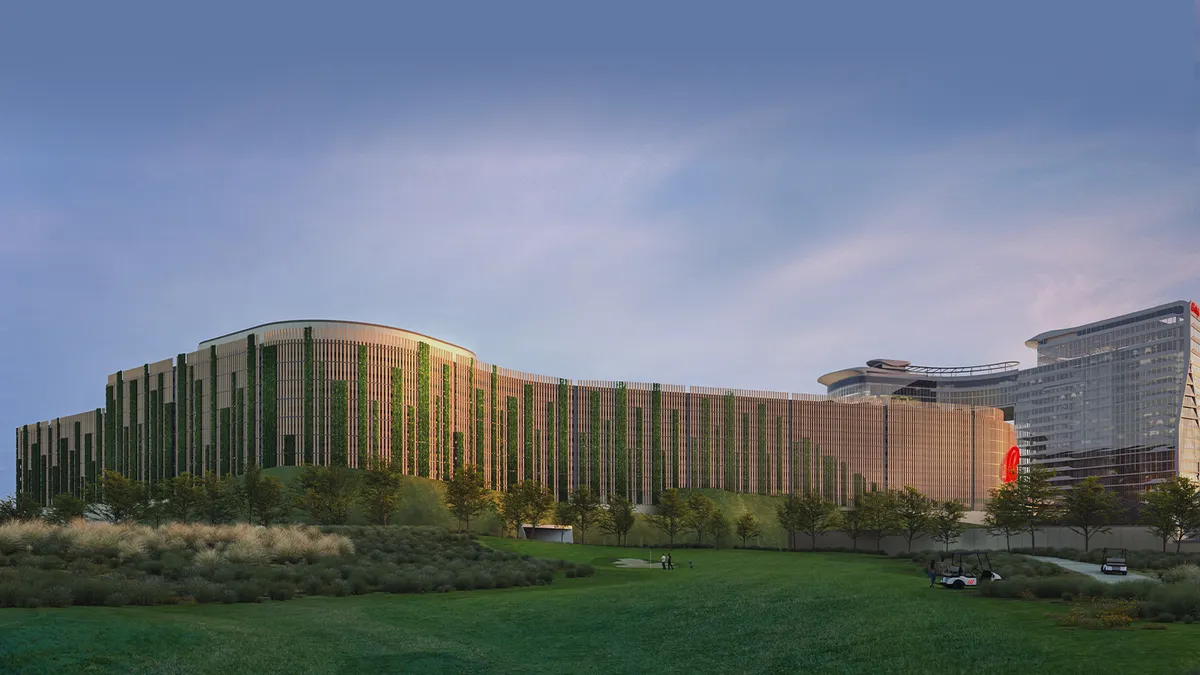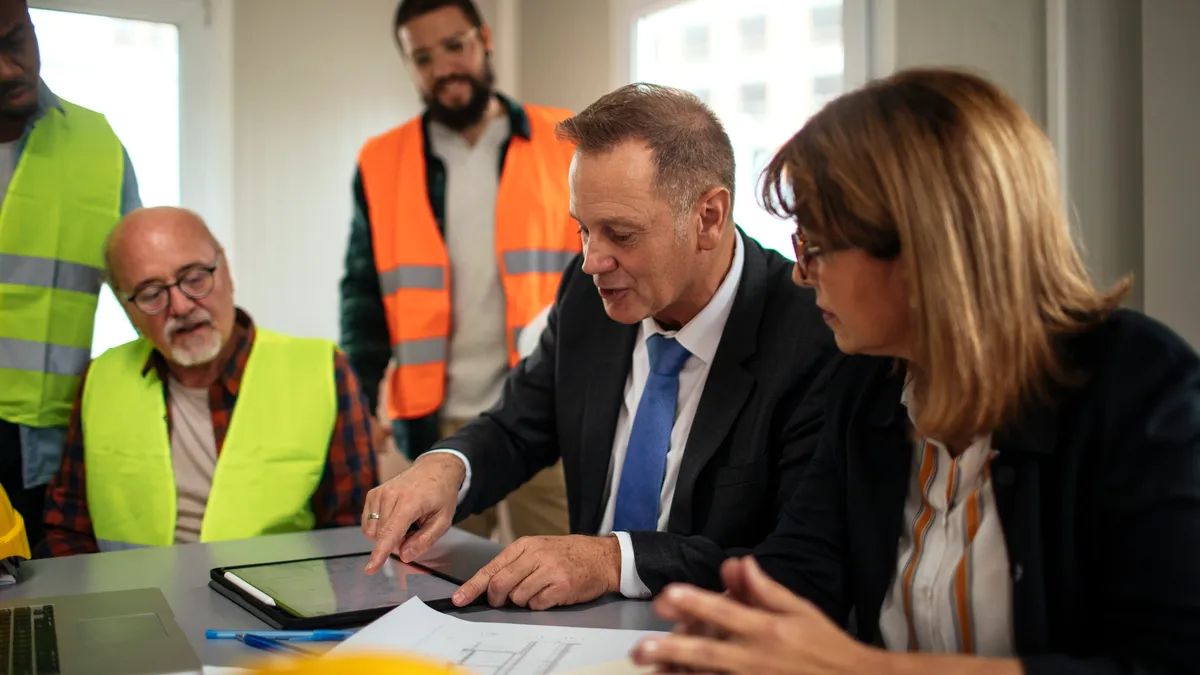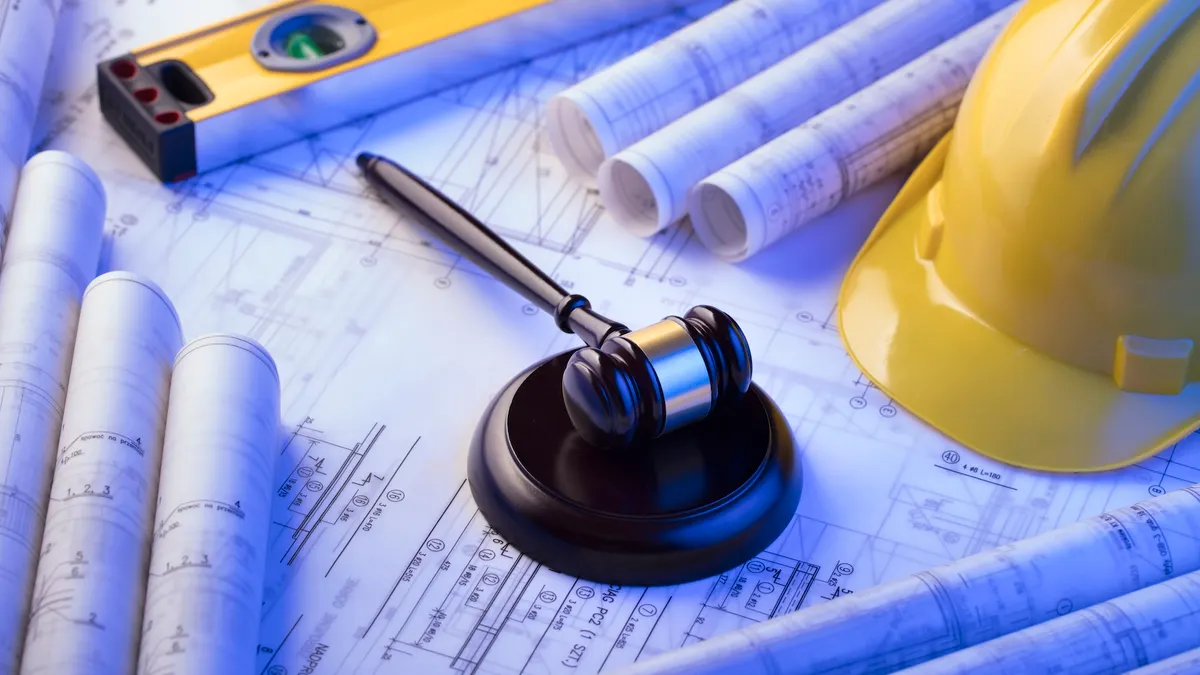Clayton Gilliland is president of Alameda, California-based contractor Stacy Witbeck. Opinions are the author’s own.
In today’s transit world, doing more with less has become the norm, which is a shared challenge for public agencies, designers and contractors alike. Expectations are rising, timelines are tightening and budgets are increasingly under pressure. Projects must be delivered in a more cohesive, collaborative way.
But success doesn’t happen by accident. Rather, it depends on how collaboration is built from day one.
Talk to any contractor, designer or project owner who’s lived through a well-executed construction manager/general contractor or progressive design-build project and they’ll tell you: It’s a different kind of job.
One that demands a deeper level of partnership. Collaborative contracting starts with intention and structure and continues through commissioning and revenue service.
Collaboration in communication
Sometimes we think we’re collaborating, when in reality, we’re working in silos. We’re each in separate rooms developing ideas, then trying to stitch it all together later.
True collaboration means getting in the same room, having a conversation together. That’s when communication becomes faster and decisions become clearer.

Let me give you one example. During a recent preconstruction phase, we were invited to sit down and look at the contract together, really work through it as a team. I remember it clearly: not just emails flying back and forth or redlines going unnoticed, but physically sitting across the table from our partner and having an honest conversation about our concerns.
That moment really stuck with me. The ability to shape the agreement from the very beginning; not after it’s finalized, but while it’s still being defined. It was validation that our voice mattered. That, to me, is what working together truly looks like.
Talk the talk
A key part of that communication is also the language you use with project partners.
Out in the field, I remember a training session that stood out. Not because it was long or complex, but because of how focused it was. The entire session was built around a single one-page handout. And that one page made a big impact.
It highlighted something that seems small but is actually quite powerful: language. Specifically, how the words we use shape our relationships and behaviors in collaborative environments.
At the top of the page, there was a simple table comparing traditional, often combative language with more collaborative alternatives.
The training reinforced that the way we talk to each other sets the tone for how we work together. And when you’re on a five-year project with multiple partners, that kind of tone-setting matters.
Across our major projects, I try to stay grounded in a set of shared mindsets. My approach is always rooted in the practical. Not lofty strategies, but everyday actions people can take to work better together. It often starts with something as simple as terminology or human behavior. These small, often-overlooked details can either help or hinder collaboration. I’m always trying to catch those subtle cues.
A whole-team approach
I’ve learned in collaborative delivery that your own sense of leadership matters just as much as the structure of the partnership itself. This was especially clear to me on a project that spanned two years of preconstruction and five years of active construction: a long-term commitment that required real alignment from the start.
When we transitioned from preconstruction to construction, I was invited to attend a training session for all contracting teams and agency members. What stood out wasn’t just the content, but who was in the room. It wasn’t limited to project managers or executives. The session brought together people from both the office and the field. Everyone involved in delivery was there.
That kind of inclusive environment signaled that this wasn’t going to be a top-down operation. It was going to be a partnership where input from every level of the team mattered. That moment set a cultural tone that lasted through the entire five years of construction.
That should continue through estimating, as well. With our approach, especially under an open-book arrangement, we unpack the entire estimate line by line.
You can see every activity, subcontractor quote, labor assumption, indirect cost, fee and contingency. We even walk through the risk register and how it ties back to the cost model.
For some owners, that level of transparency is new and honestly, a little intimidating at first. So, we go through a structured orientation with the client team.
What’s critical is being able to clearly show how and why your estimate has changed with each design iteration. Everyone begins to understand not just what the number is, but the reasons behind it.
Collaboration as the activator
At our firm, we’ve seen what happens when collaboration is embedded not just in the culture, but in the contract. Collaboration becomes the “activator,” acting as a catalyst for better outcomes across cost, risk, and trust.
In the end, collaborative contracting is not just a better way to deliver projects, but a better way to build trust, relationships and strong teams. While structure creates the foundation, success depends on mindset and intention. Whether you are an agency leader, a builder or a designer, the goal remains the same: Show up early, stay engaged throughout and remain aligned at every step.
John Haggerty, former chief engineer at San Diego Association of Governments, contributed to this report.




